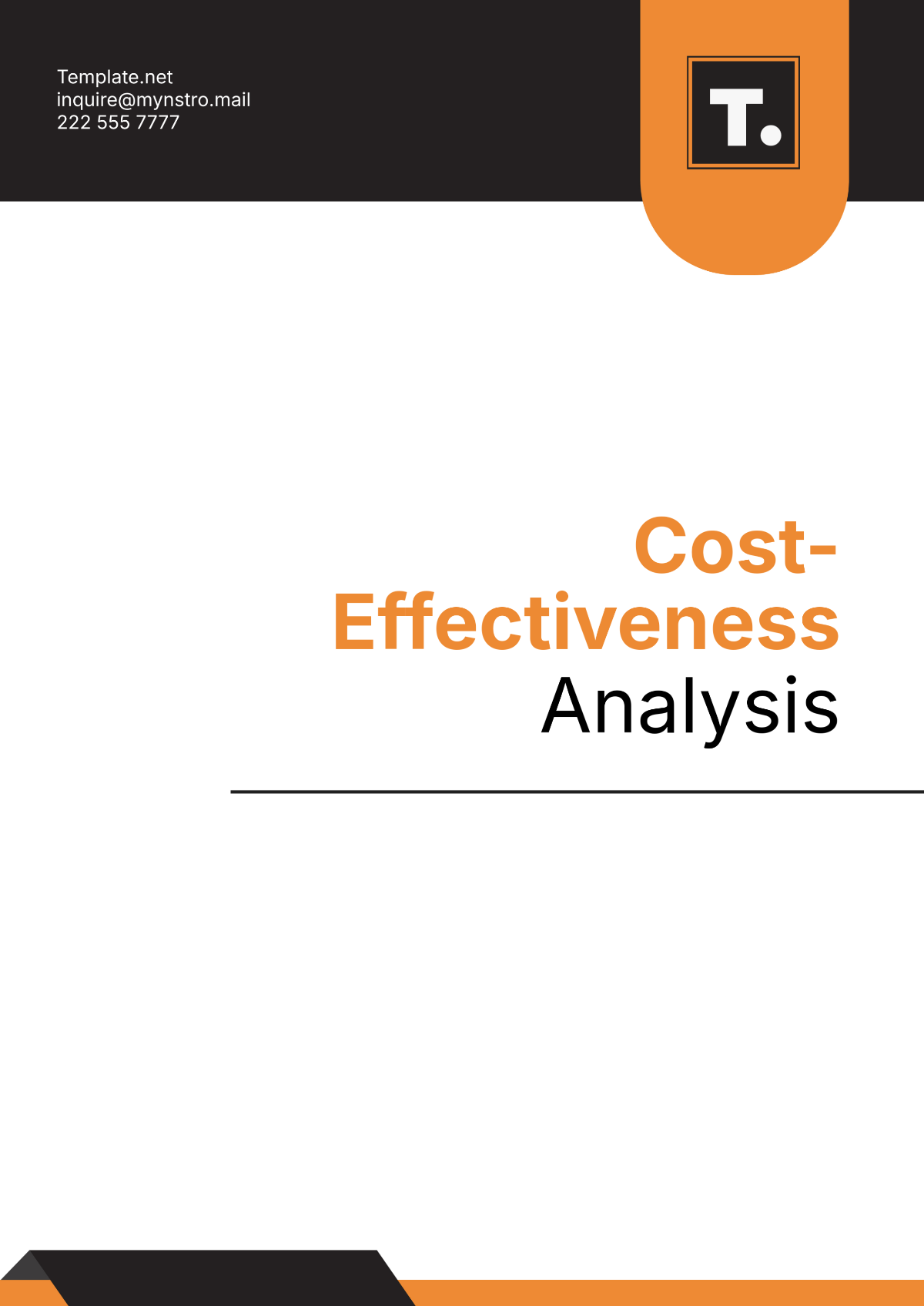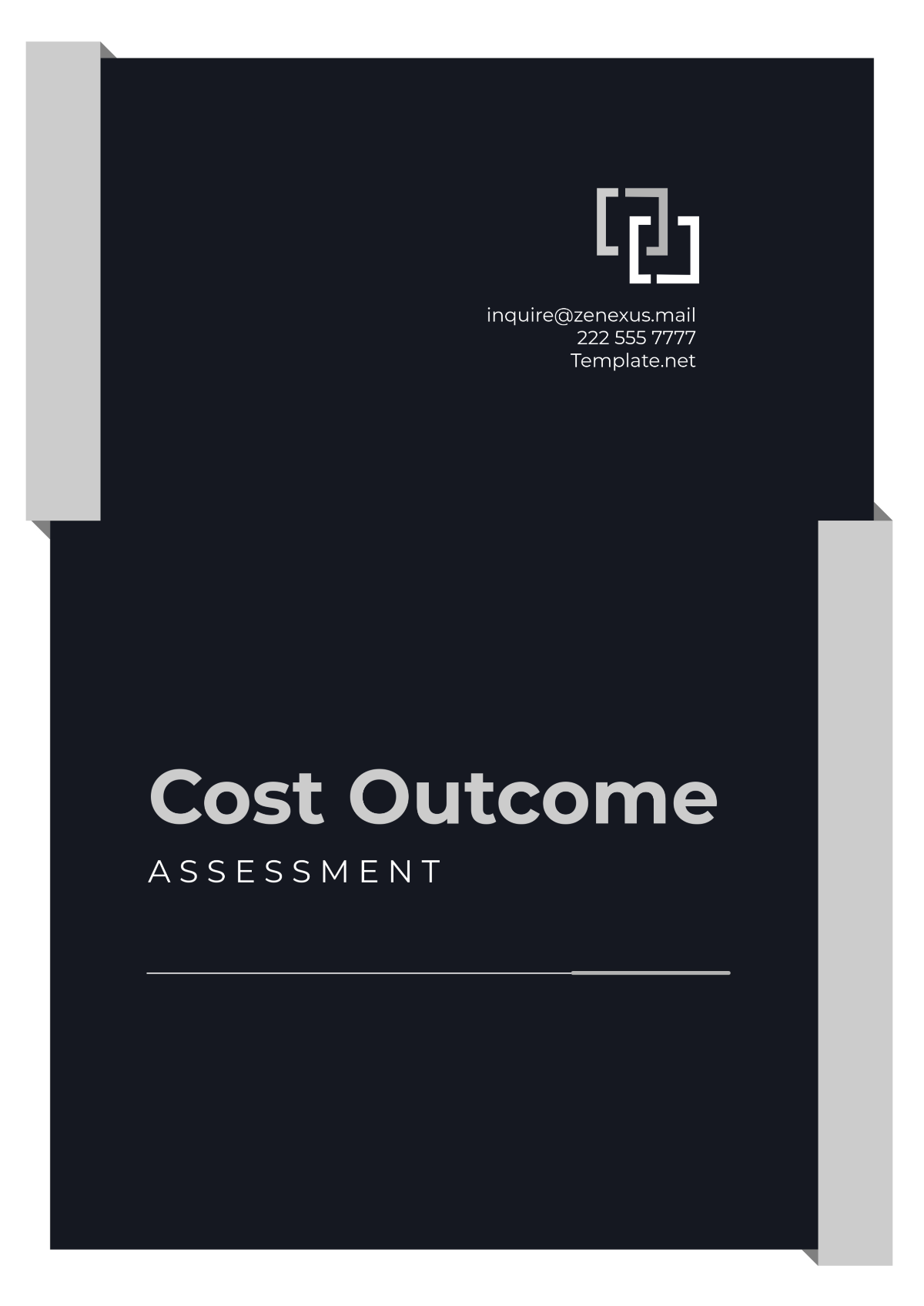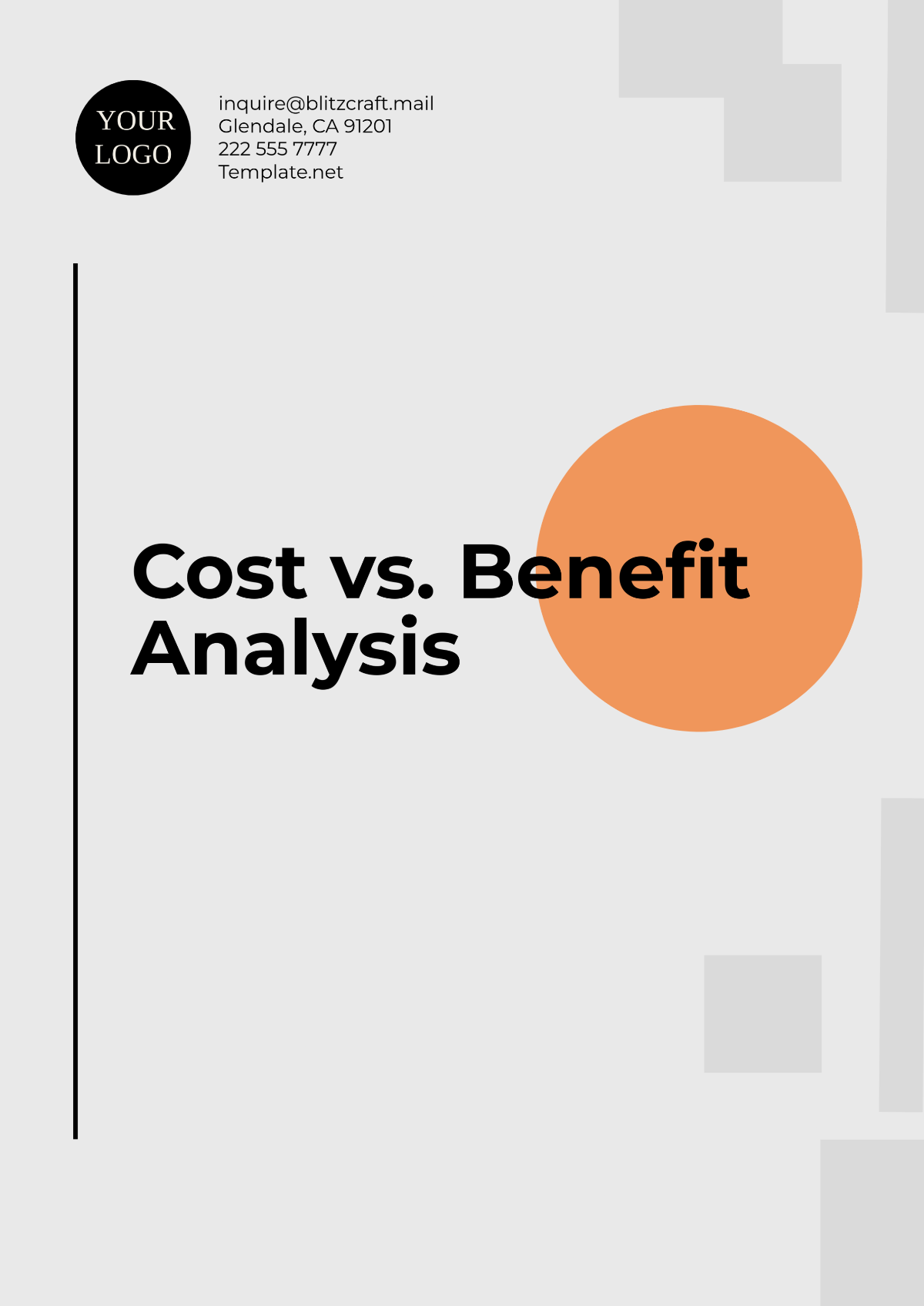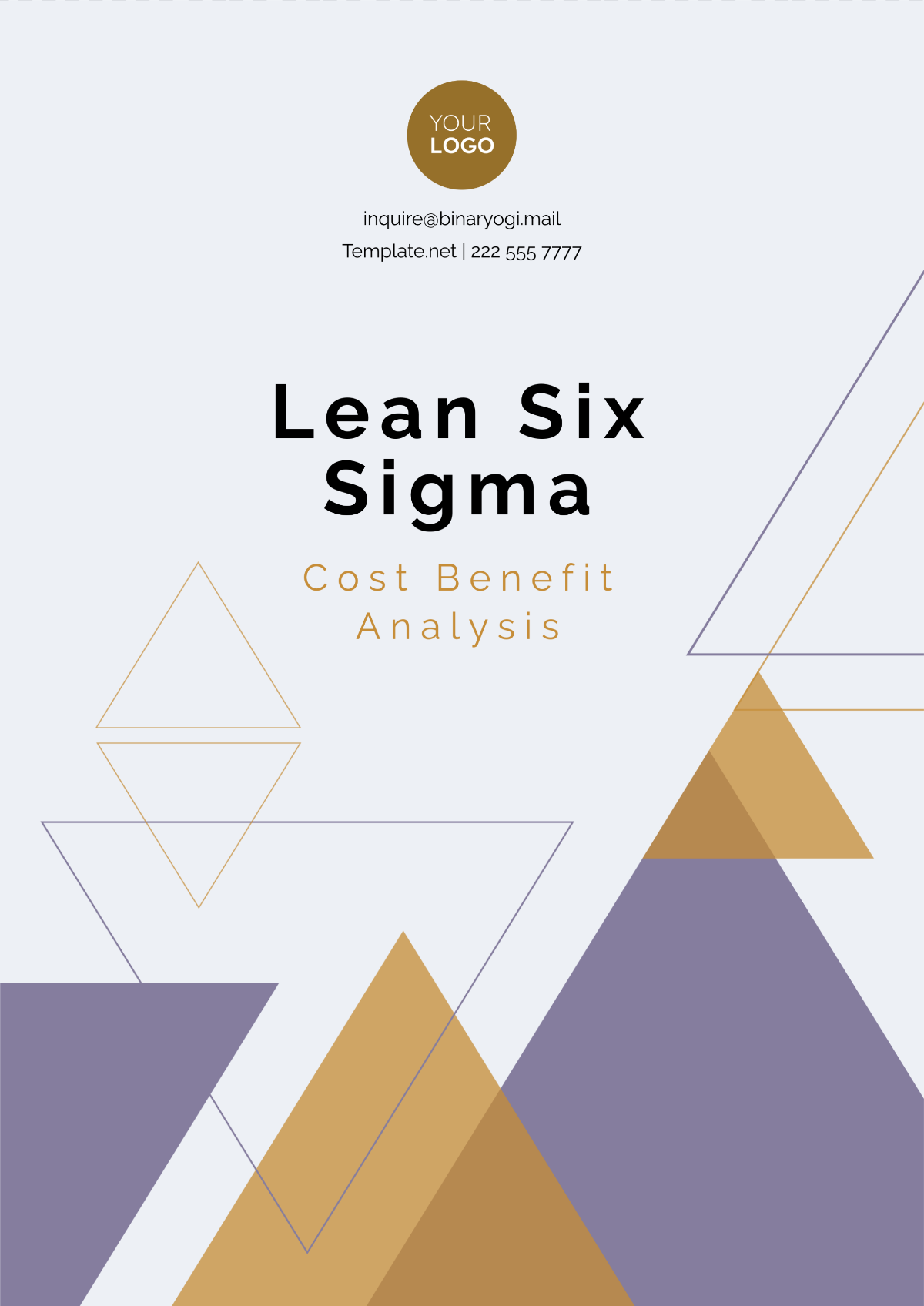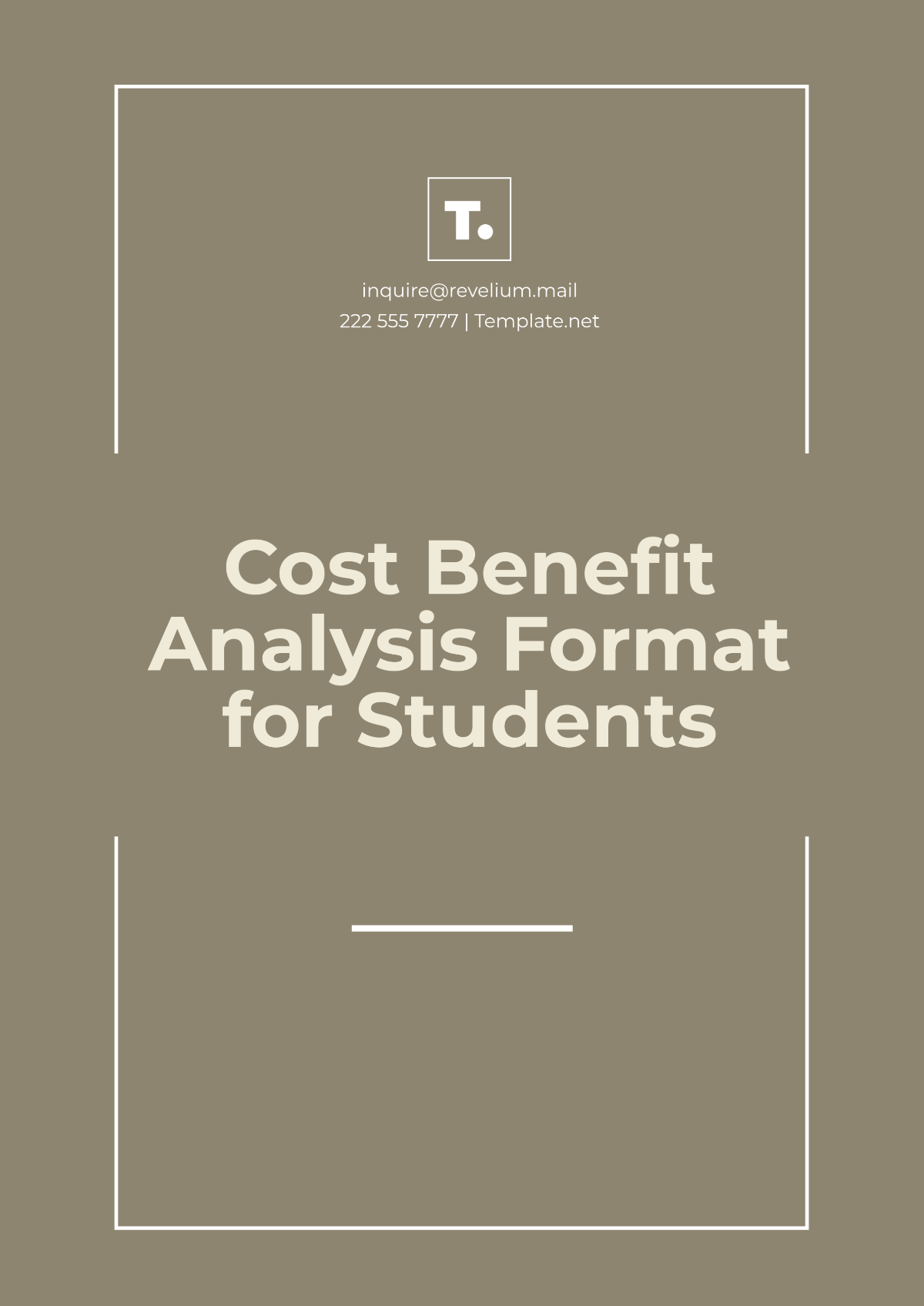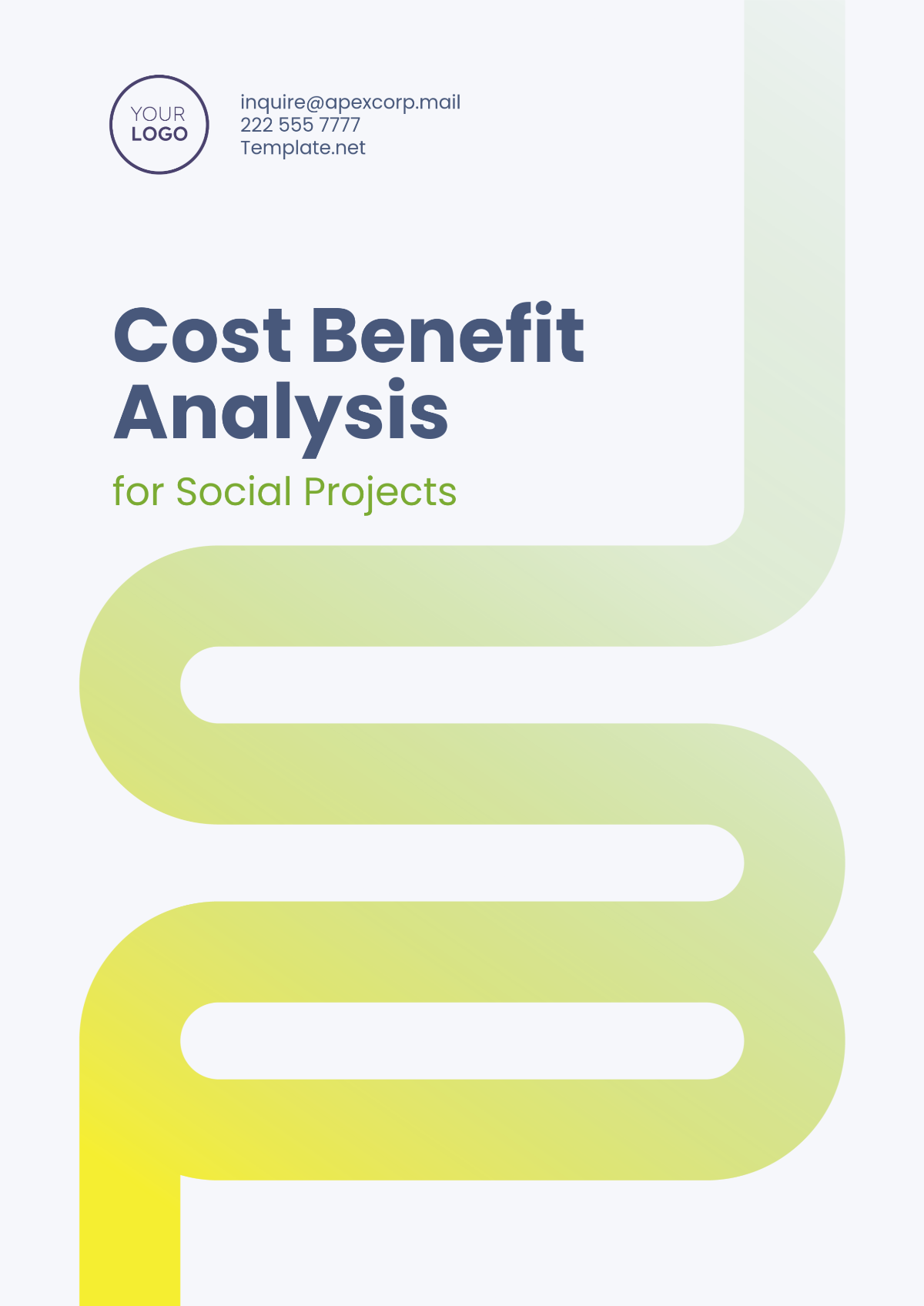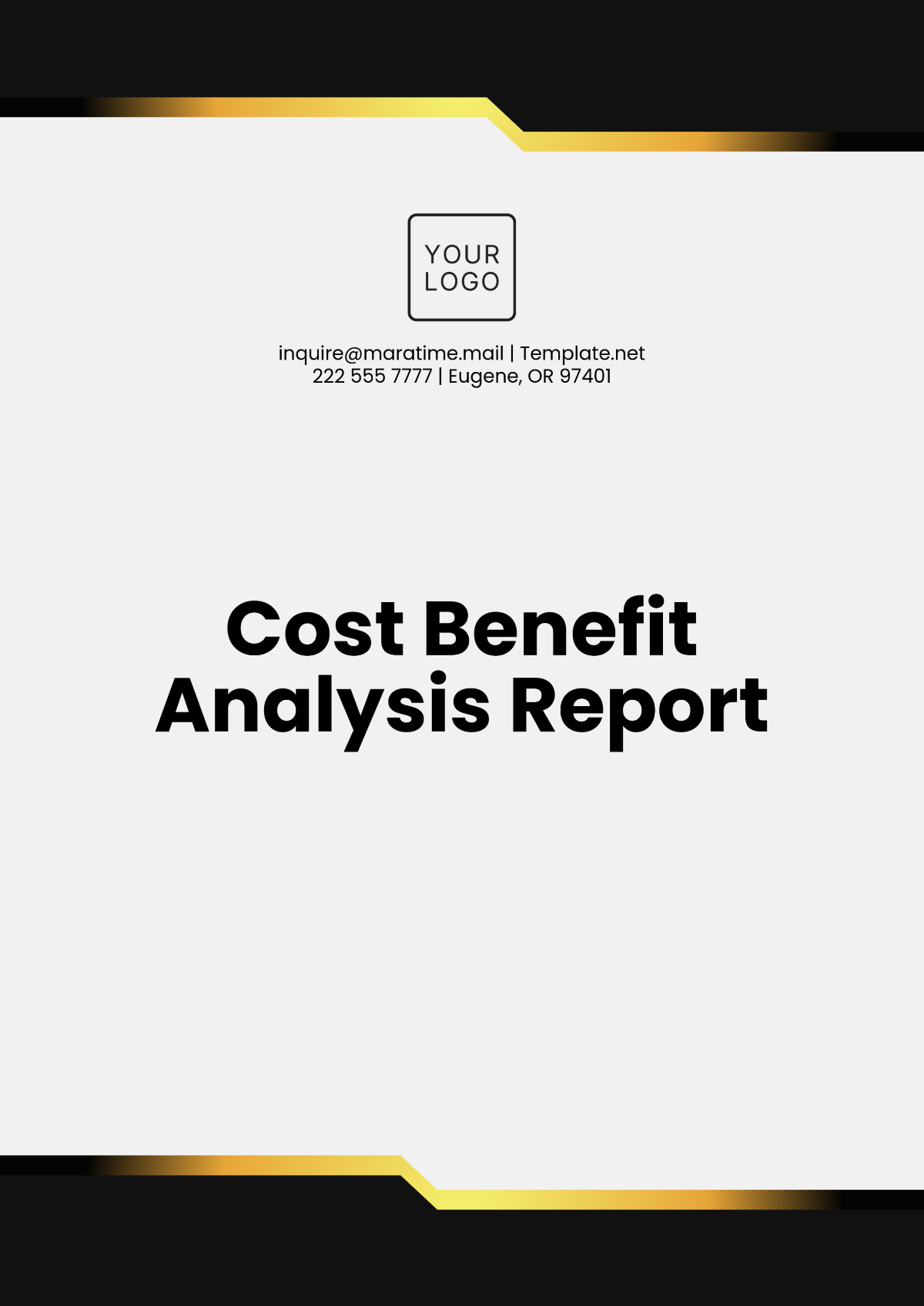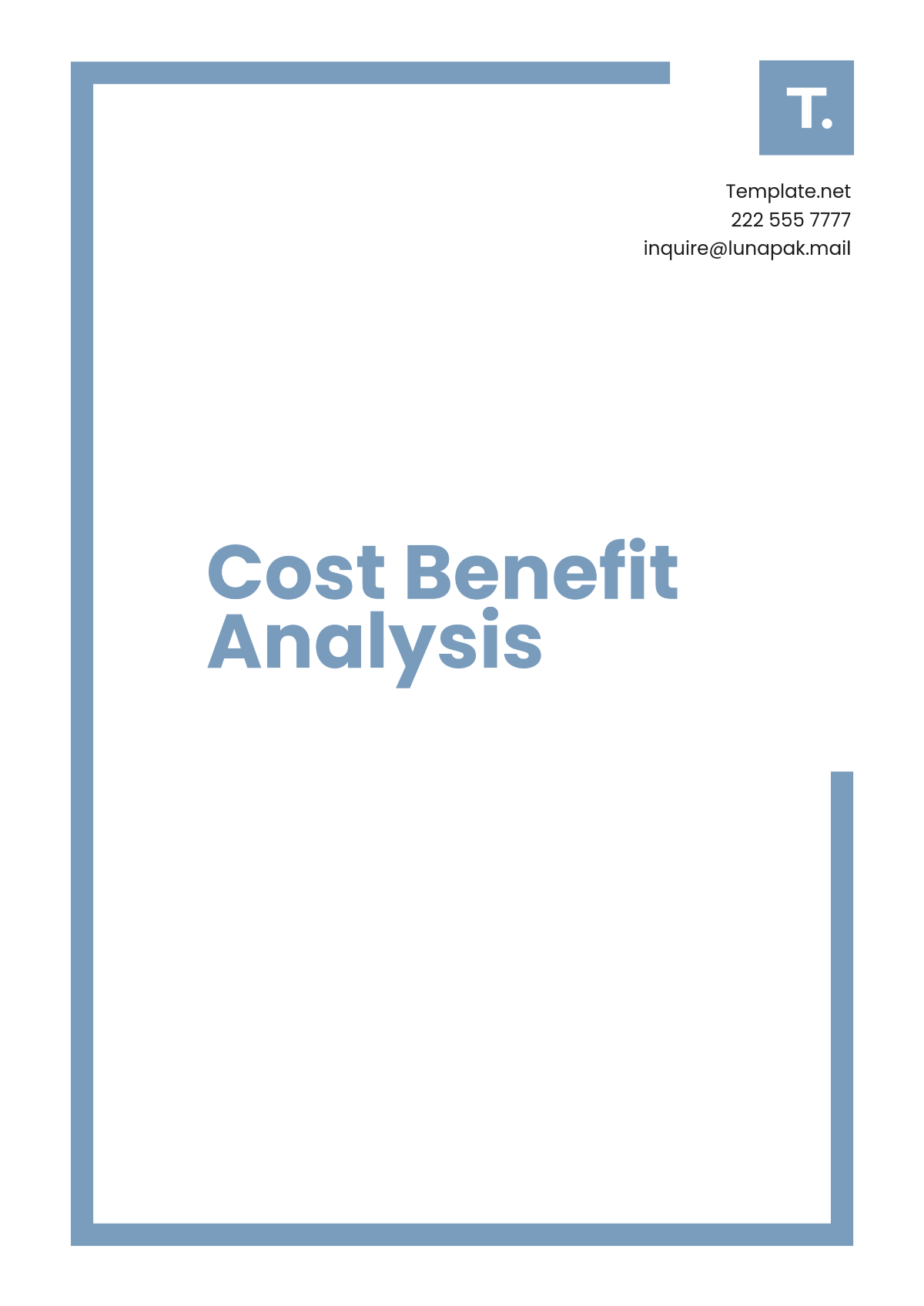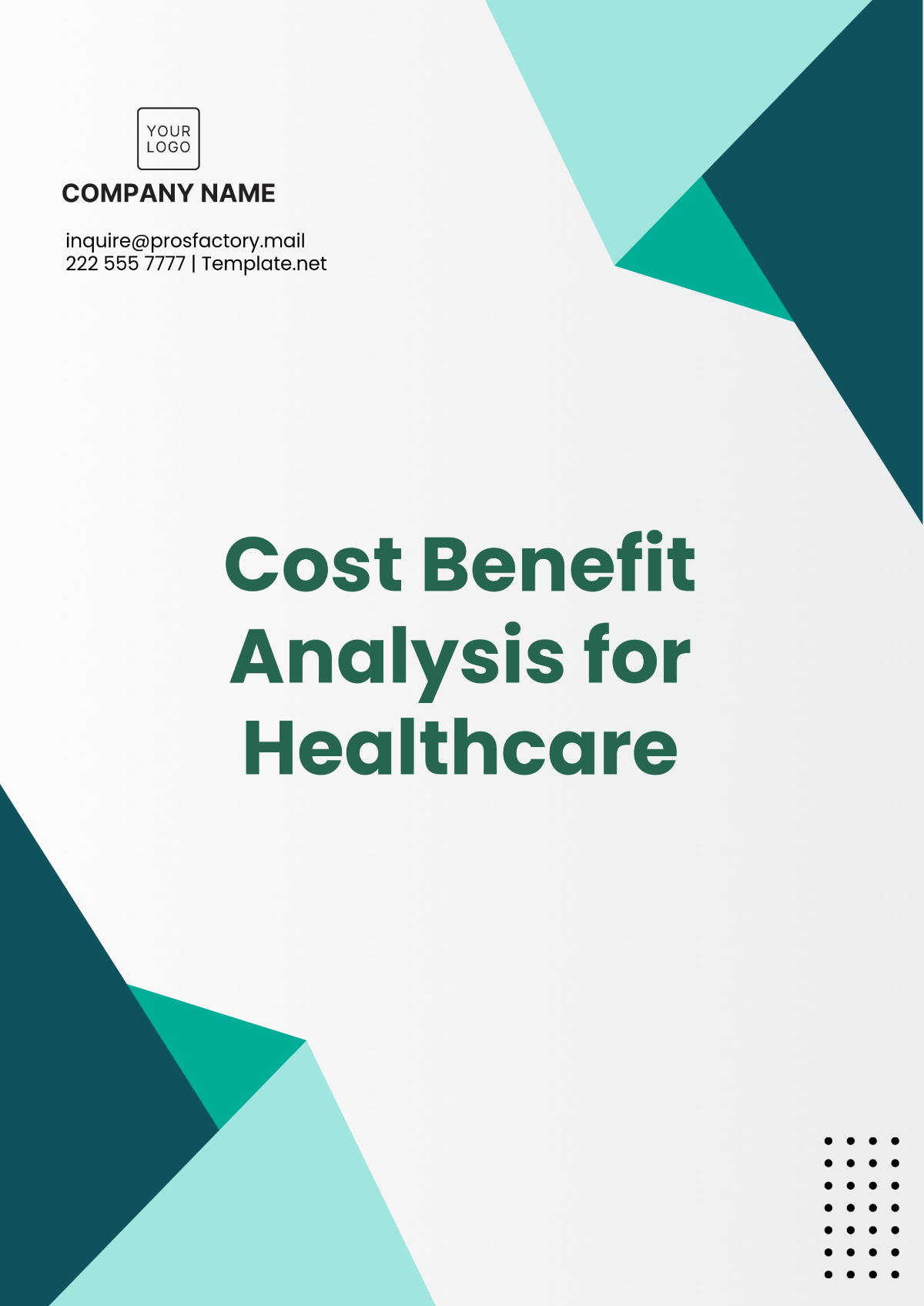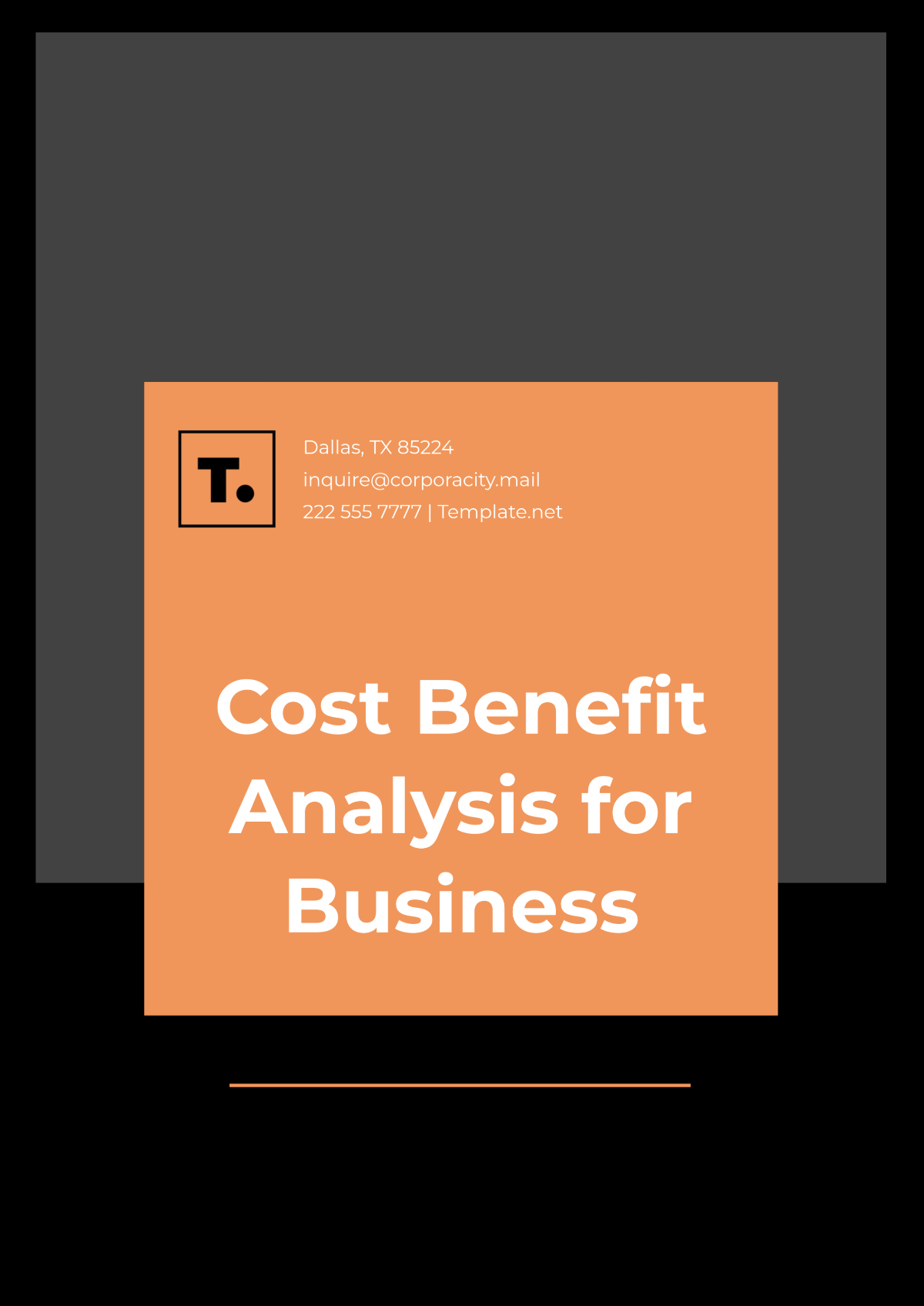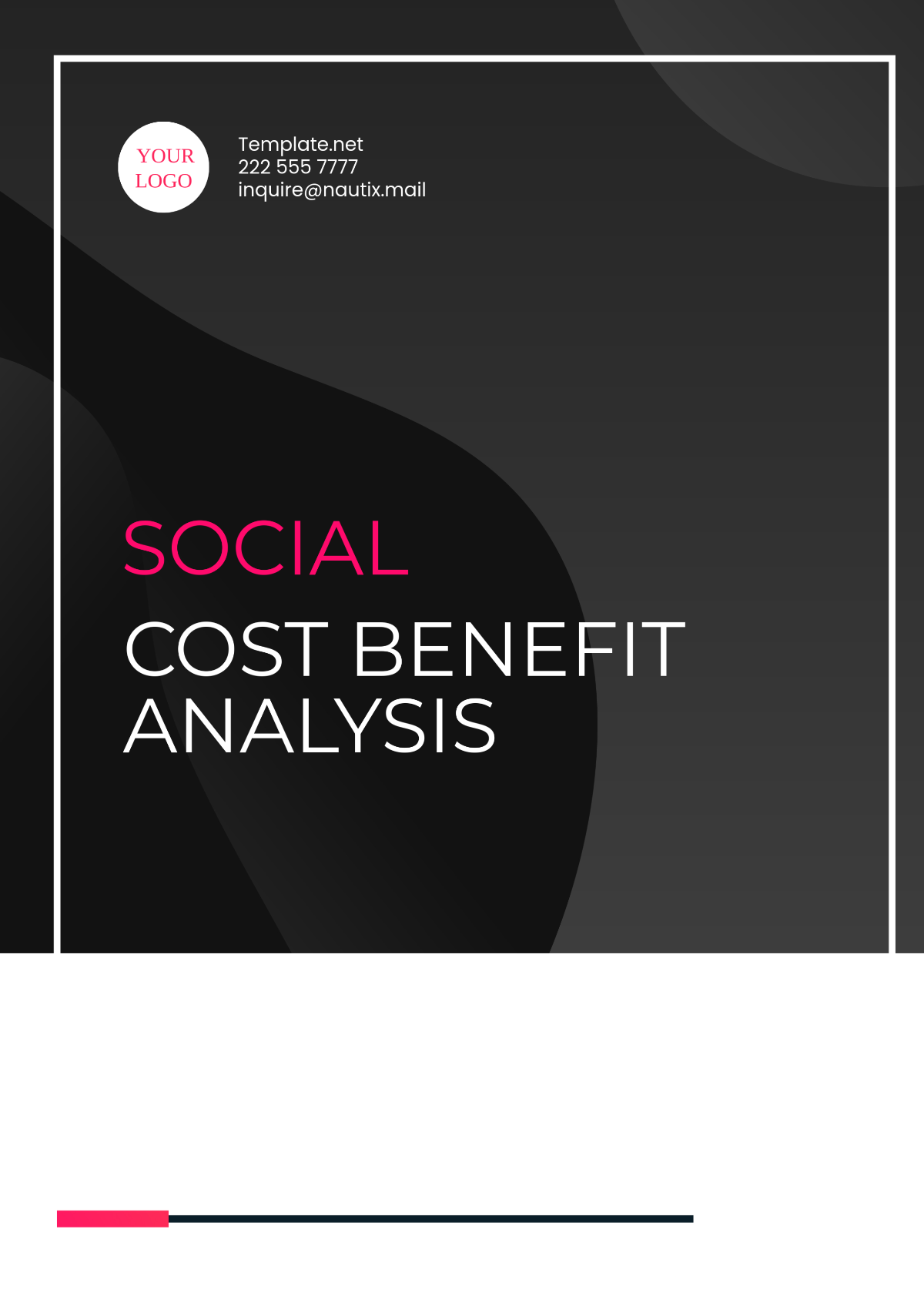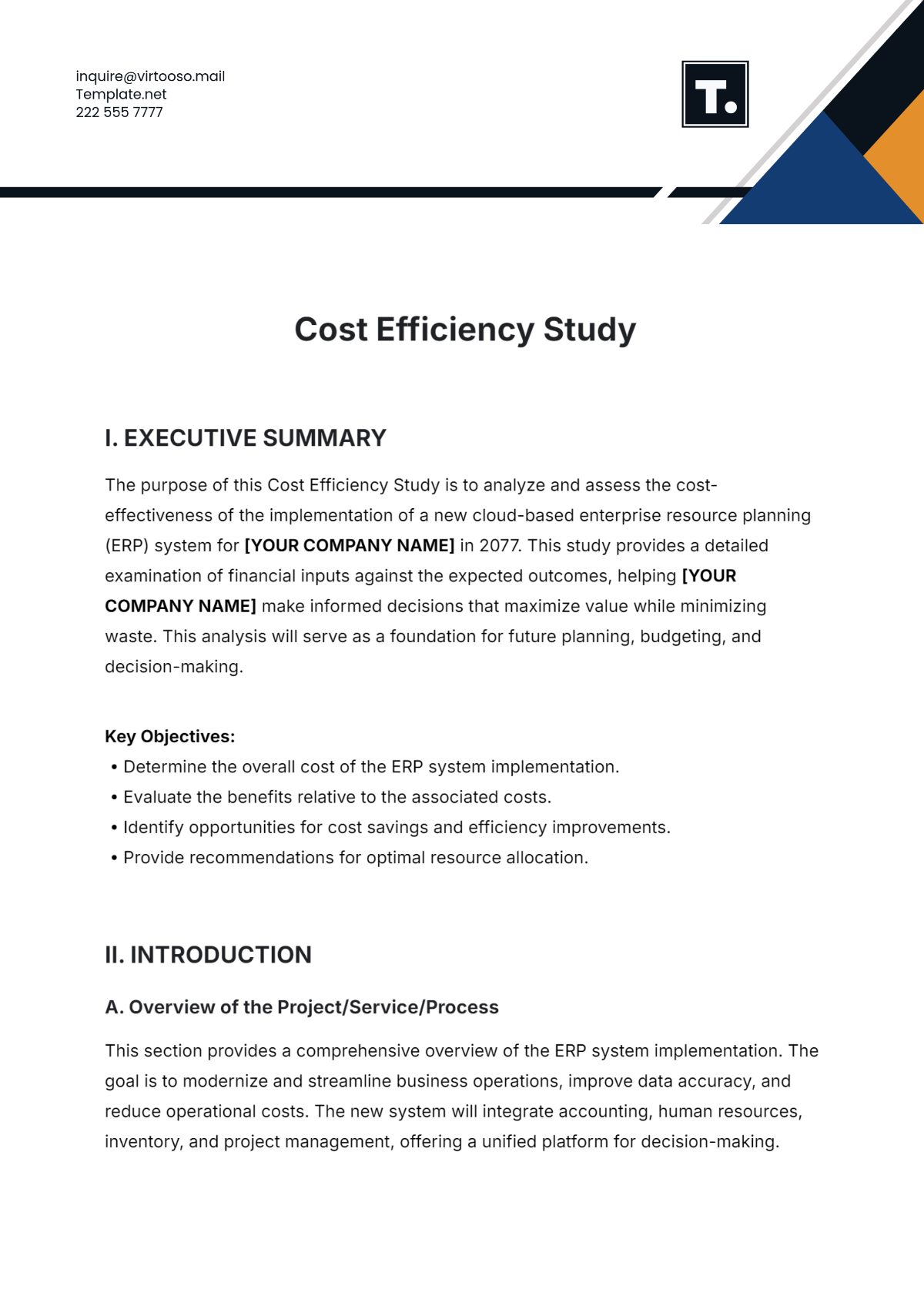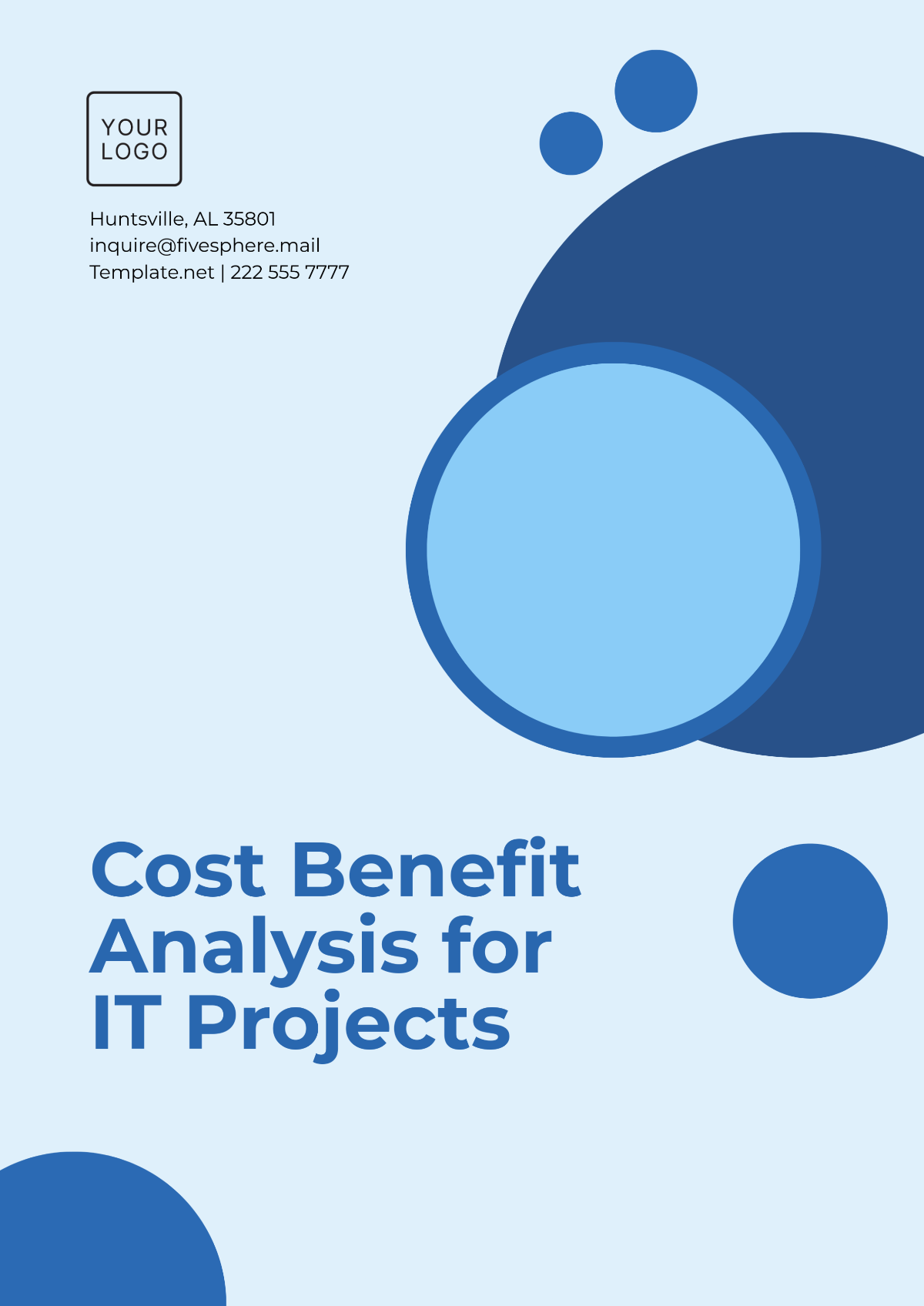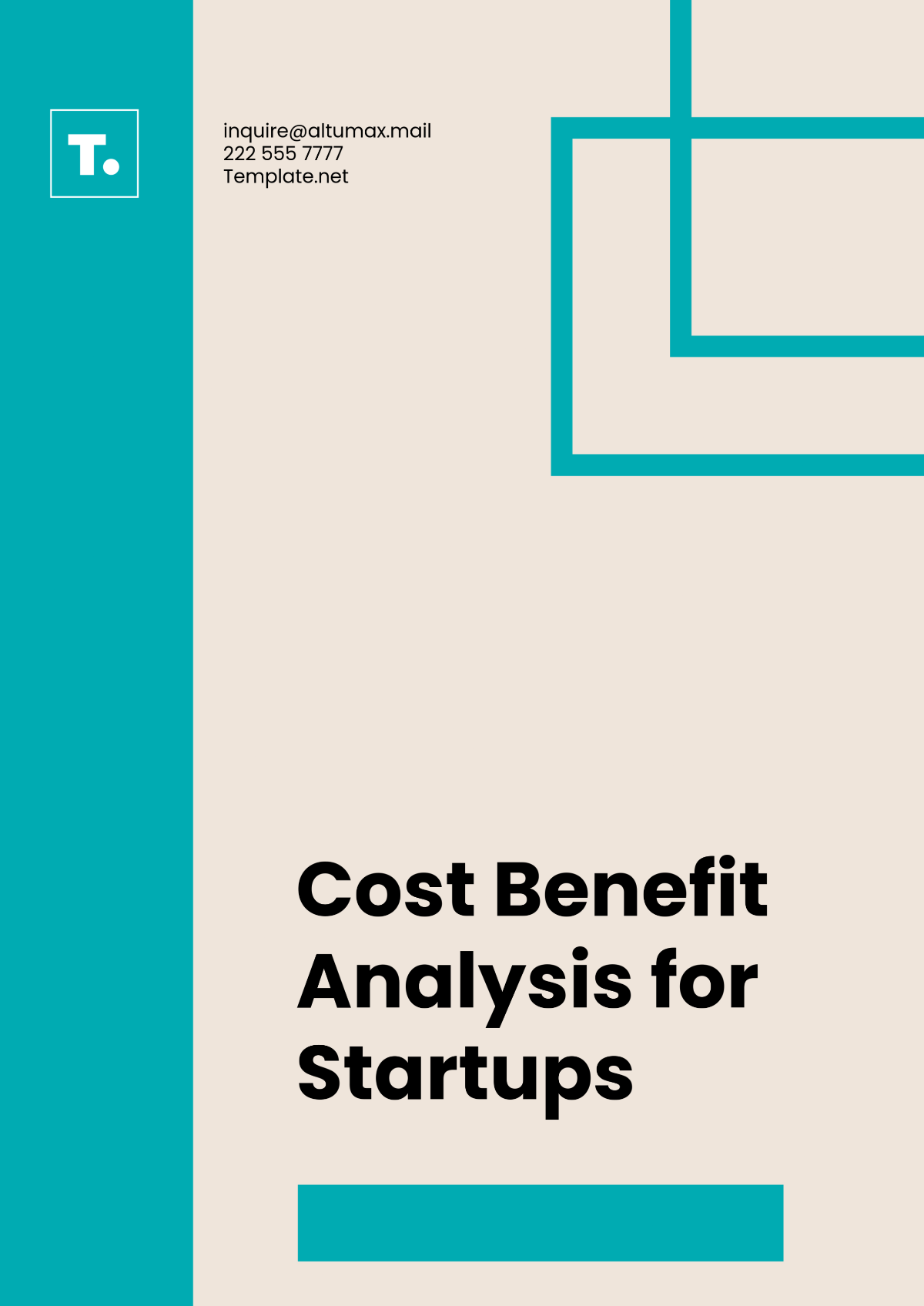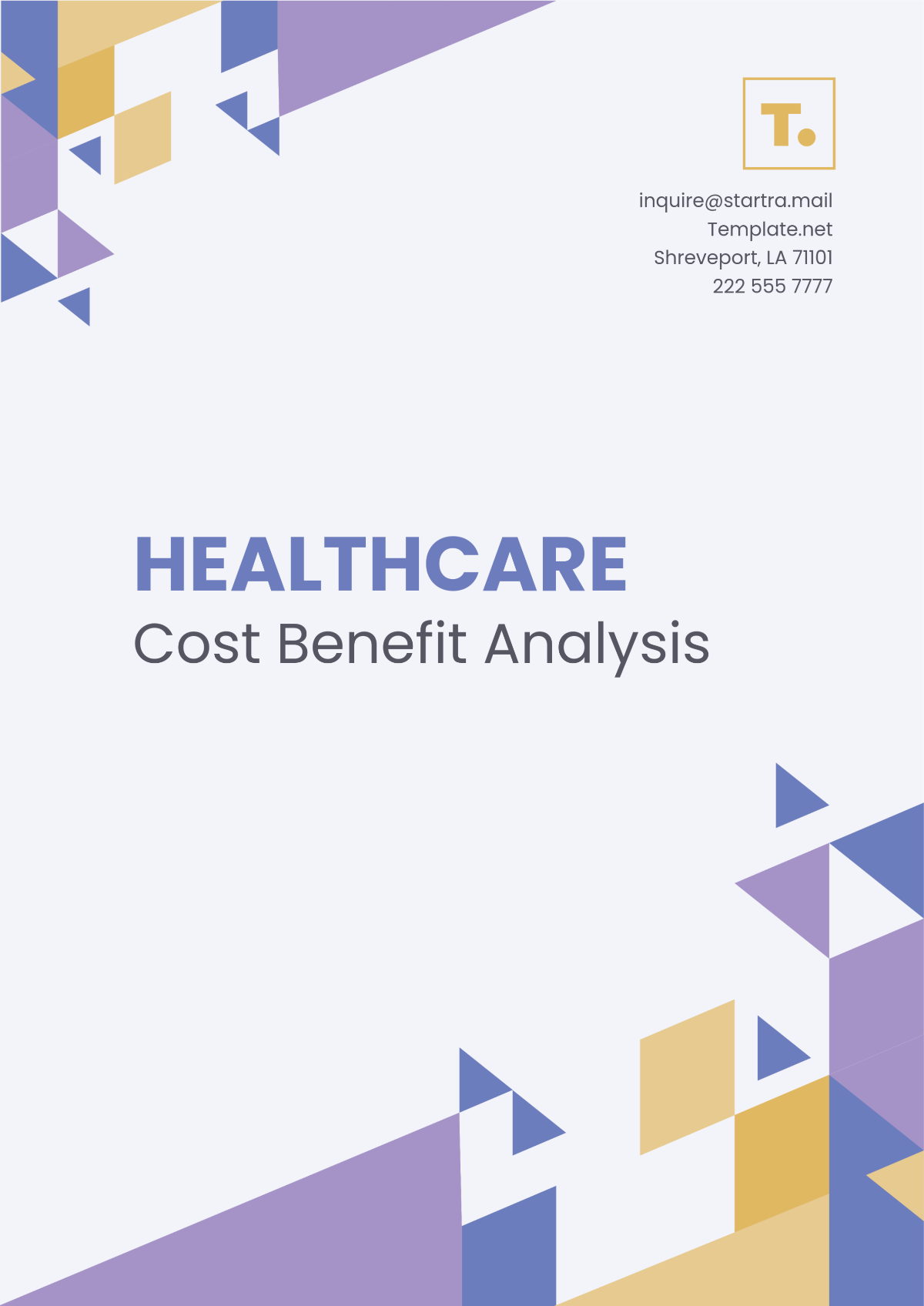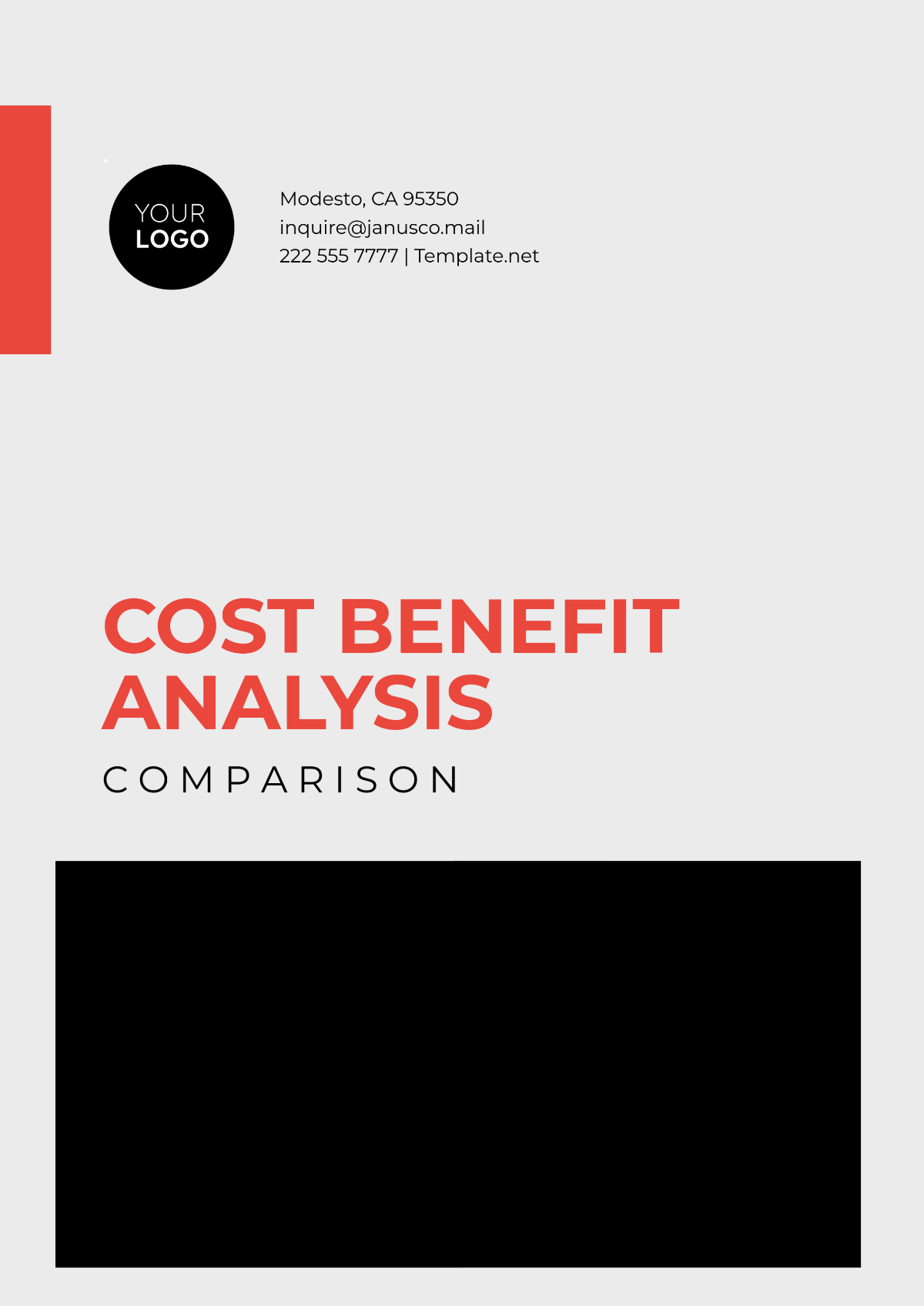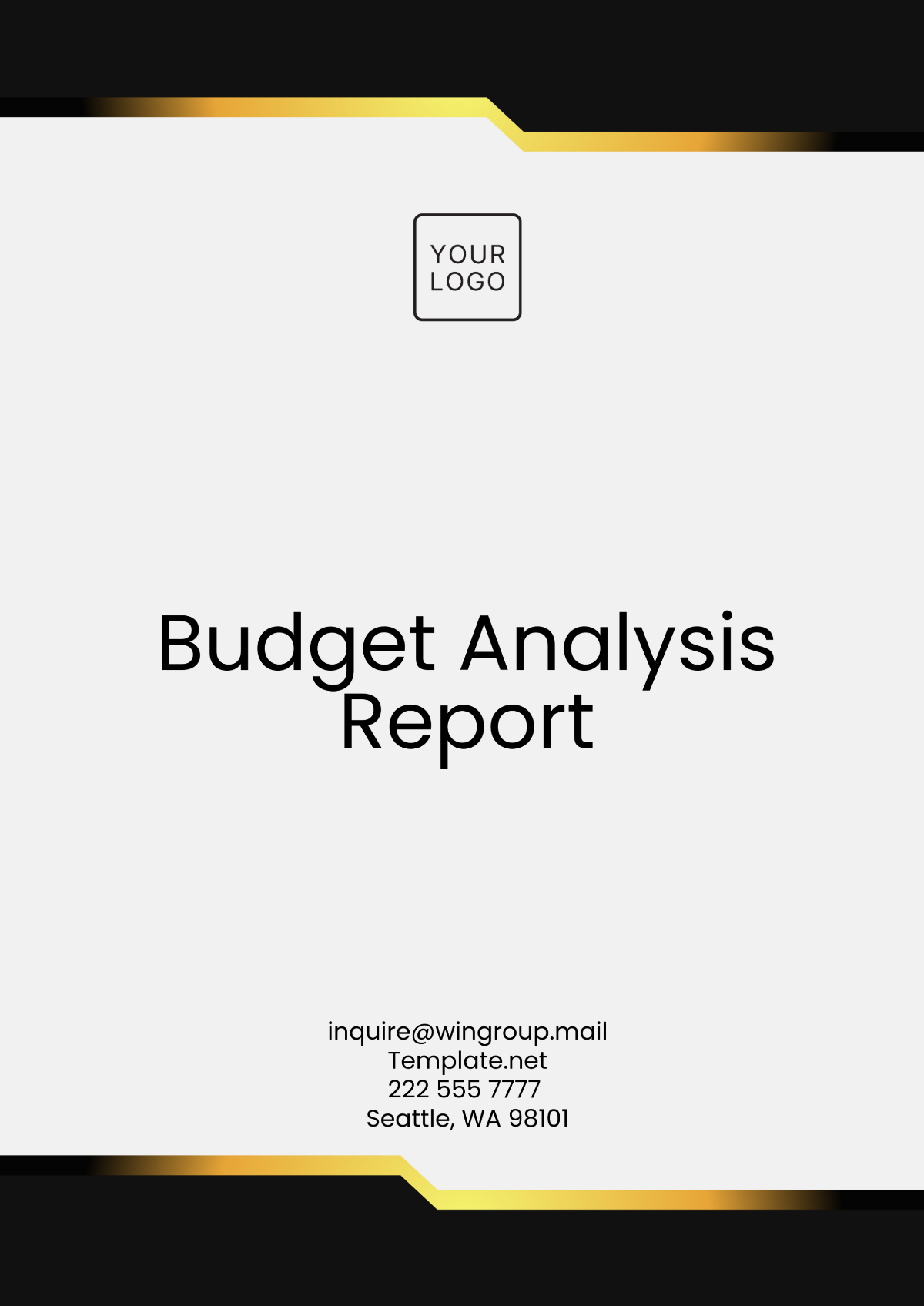Workplace Ergonomic Solutions Financial Analysis
I. Executive Summary
In our continuous commitment to fostering a workplace that prioritizes employee well-being and productivity, our company has conducted a thorough financial analysis. The primary goal of this analysis is to assess the financial implications of implementing ergonomic solutions that enhance the overall work environment.
Our study encompasses a comprehensive examination of costs, benefits, return on investment (ROI), and potential risks associated with introducing ergonomic measures. The findings underscore the financial viability of prioritizing ergonomic solutions to create a workplace that not only meets regulatory standards but also promotes sustained employee health and satisfaction.
II. Introduction
A. Contextual Background
This financial analysis delves into the fiscal implications of incorporating ergonomic solutions. As our workforce adapts to evolving work patterns, creating an environment conducive to both industry standards and employee health emerges as a strategic imperative.
B. Scope of the Analysis
The scope of this financial analysis spans a comprehensive assessment of the financial aspects tied to the introduction of ergonomic solutions. From ergonomic furniture and training programs to potential workplace modifications, every facet contributing to the financial landscape of this initiative will undergo thorough examination. This ensures that our analysis provides a holistic understanding of the financial commitments and potential gains associated with prioritizing ergonomic interventions.
C. Rationale for Financial Evaluation
The rationale behind this financial analysis lies in strategically aligning financial decision-making with company goals. By evaluating the financial landscape of ergonomic solutions, we aim to make informed and strategic decisions that optimize operational efficiency and establish a workplace reflecting our commitment to employee-centric values. This sets the stage for a detailed examination, emphasizing the integral role of financial considerations in the successful implementation of ergonomic solutions.
D. Objective of the Financial Analysis
Assess Financial Viability
The primary objective is to evaluate the financial feasibility and viability of implementing ergonomic solutions within the workplace. This involves a comprehensive examination of the anticipated costs, benefits, and potential return on investment to ensure that the financial commitments align with company goals.
Optimize Resource Allocation
The analysis aims to provide insights that enable strategic resource allocation. By understanding the financial breakdown of ergonomic interventions, decision-makers can allocate resources effectively, prioritize high-impact areas, and implement solutions in a phased manner, optimizing the use of available resources.
Guide Informed Decision-Making
This financial analysis serves as our strategic tool to guide informed decision-making, empowering us to make well-informed choices that align with company objectives and promote both financial efficiency and employee well-being.
III. Methodology
A. Data Collection
The data collection process was meticulously executed to ensure the accuracy and comprehensiveness of financial inputs. This involved sourcing detailed cost estimates from reputable suppliers for ergonomic furniture, equipment, and potential workplace modifications. Additionally, industry benchmarks and historical data were utilized to validate and contextualize financial projections.
B. Financial Modeling Techniques
To derive meaningful insights, various financial modeling techniques were employed. Return on Investment (ROI) calculations were central to quantifying the potential financial benefits, while sensitivity analyses allowed us to understand how variations in key variables could impact overall financial outcomes. These techniques provide a robust framework for strategic decision-making.
C. Integration of Qualitative and Quantitative Insights
The financial analysis was enriched by integrating both qualitative and quantitative insights. While quantitative data informed the cost and benefit projections, qualitative data from employee feedback and industry best practices provided a nuanced understanding of potential risks and benefits not captured through purely numerical analysis.
D. Peer Comparison
This benchmarking exercise helped validate our estimates, ensuring that our financial analysis aligns with industry norms and best practices. Peer comparisons also offered valuable insights into potential areas for optimization and improvement.
IV. Cost Analysis
Cost analysis is a crucial component of our financial analysis. Table 1 outlines the estimated costs associated with key components:
Component | Estimated Cost |
Ergonomic Furniture and Equipment | [$400,000] |
Total Cost |
This detailed breakdown not only facilitates a precise understanding of the financial investments required for each component but also serves as a strategic tool for resource allocation. The table allows decision-makers to discern where optimization and cost-efficiency measures can be applied, ensuring judicious use of resources without compromising the effectiveness of the ergonomic interventions.
Furthermore, the financial transparency provided by this cost analysis fosters a proactive approach to budgeting and financial planning. Understanding the specific cost elements enables the company to plan for phased implementations, prioritize investments based on impact, and establish a realistic financial framework.
V. Benefit Analysis
The table below delves into the anticipated gains resulting from the introduction of ergonomic solutions:
Benefit | Estimated Gain |
Productivity Improvement | [$560,000] |
Total Benefit |
The data serves as a valuable resource for assessing the holistic impact of ergonomic interventions, going beyond mere financial gains to encompass improvements in employee well-being and overall company performance. This holistic approach to the benefit analysis underscores the interconnectedness of financial considerations and the overall well-being of the company, promoting a workplace culture that values both the financial and human aspects of success.
VI. Return on Investment (ROI) Calculation
ROI calculation serves as a pivotal metric in assessing the financial efficiency of implementing our ergonomic solutions. The formula that we used is:
ROI=(Net Benefit/Total Cost)×100
The following table presents the calculated ROI based on the estimated costs and benefits outlined in the preceding parts:
Metric | Value |
Total Cost | [$400,000] |
Total Benefit | |
Net Benefit | |
ROI |
The ROI calculation is a crucial tool to assess the effectiveness of investments of our ergonomic solutions. This metric, derived from a comprehensive assessment of costs and benefits, serves as a strategic guidepost for gauging the overall impact on company finances. A positive ROI indicates that the anticipated financial benefits outweigh the costs, providing a clear indication of the financial efficiency and viability of the proposed interventions.
VII. Risk Analysis
Risk analysis had been conducted to evaluate the risks of our proposed interventions. The table below presents a structured overview of potential risks, financial impact and proposed mitigation strategies enabling decision-makers to proactively identify and address financial risks associated with the implementation of ergonomic solutions:
Risk | Potential Financial Impact | Mitigation Strategy |
Supply Chain Disruptions | $85,000 | Establish alternative suppliers and maintain buffer inventory. |
This structured presentation allows companies to proactively identify and address financial risks linked to the implementation of ergonomic solutions. By clearly delineating risks decision-makers gain a precise understanding of potential pitfalls that may impact the financial landscape. This proactive risk management approach ensures that financial considerations remain aligned with company objectives, contributing to the overall success and sustainability of ergonomic interventions.
VIII. Sensitivity Analysis
Sensitivity analysis is paramount for understanding how variations in key financial variables may impact the overall financial outcomes of ergonomic solutions in our company. The table presented below, elucidates the sensitivity of the financial model to variations in variables such as total cost and total benefit, providing decision-makers with valuable insights into the robustness of the financial projections.
Variable | Base Value | Sensitivity Impact | Potential Financial Impact |
Total Cost | [$500,000] | [+/- 10%] | [+/- $50,000] |
Total Benefit | |||
By assessing potential variations in total costs and benefits, we can anticipate and plan for contingencies, ensuring a more robust and adaptive financial framework. This level of financial transparency also provides a comprehensive understanding of the potential impacts on both costs and benefits, allowing decision-makers to make informed choices. It fosters a proactive approach to financial planning, ensuring that the company is well-prepared to navigate potential fluctuations in key variables, contributing to the overall success and adaptability of ergonomic interventions.
IX. Recommendations
A. Phased Implementation Strategies
Introduce ergonomic furniture and equipment gradually, starting with high-impact areas.
Prioritize communal spaces and individual workstations for initial implementation.
Minimize disruption by carefully planning and communicating the phased approach.
B. Continuous Monitoring Mechanisms
Establish regular assessments to measure the effectiveness of implemented ergonomic solutions.
Implement feedback mechanisms to gather insights into employee satisfaction and identify potential areas for improvement.
Adapt interventions based on ongoing monitoring, ensuring sustained positive impact.
C. Integration Into Company Culture
Embed ergonomic principles into the company values and mission.
Incorporate ergonomic considerations into employee training programs and orientation.
Cultivate a culture that not only prioritizes physical health but also emphasizes the mental well-being of employees.
D. Employee Training Programs
Develop comprehensive training programs to educate employees on the importance of ergonomic practices.
Include modules on correct posture, proper use of ergonomic furniture, and regular breaks to prevent musculoskeletal issues.
Encourage active participation and awareness to foster a culture of self-care.
E. Employee Engagement Initiatives
Implement initiatives to actively involve employees in the ergonomic decision-making process.
Encourage employees to provide feedback on ergonomic interventions and suggest improvements.
Recognize and reward individuals or teams promoting and adhering to ergonomic practices.
F. Ergonomic Awareness Campaigns
Launch awareness campaigns to inform employees about the benefits of ergonomic solutions.
Utilize various communication channels, including emails, posters, and workshops, to disseminate information.
Create engaging content that highlights the link between ergonomics, productivity, and overall well-being.
X. Conclusion
The conducted analysis serves as a cornerstone for informed decision-making. The detailed examination of costs, benefits, return on investment, and potential risks provides decision-makers with a holistic understanding of the financial implications associated with ergonomic interventions. As we embark on the journey to enhance workplace well-being, this analysis offers a roadmap to strategically allocate resources, proactively manage risks, and align financial considerations with broader company objectives. The insights derived from this analysis contribute not only to financial efficiency but also to the creation of a healthier, more productive, and sustainable work environment.



